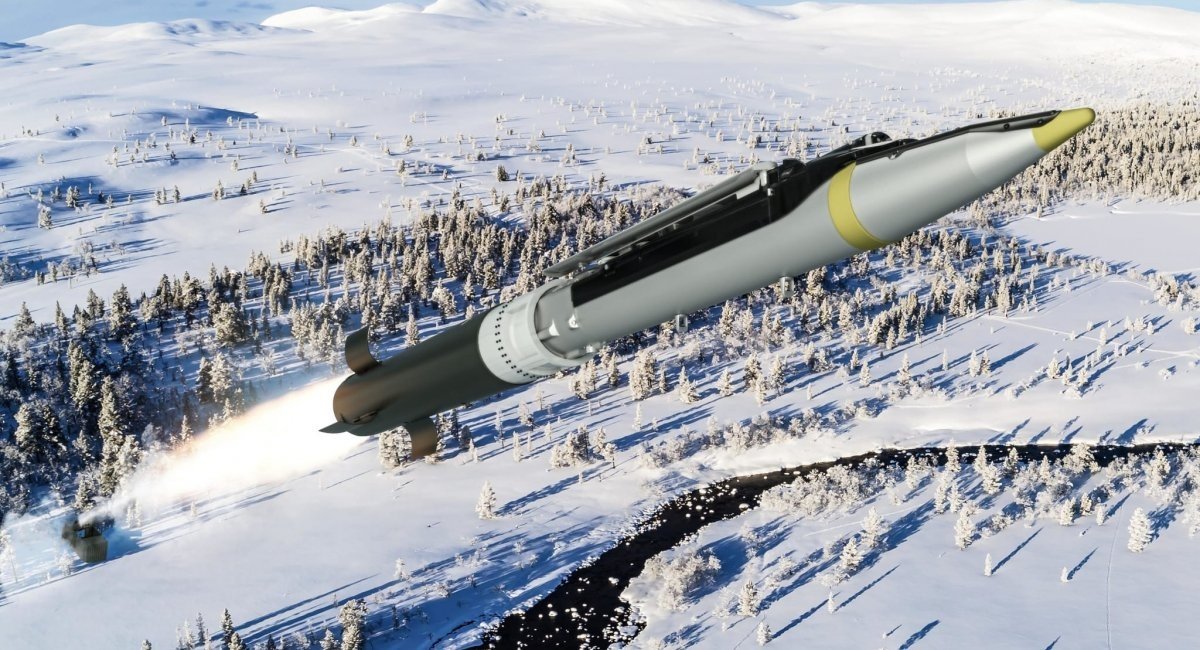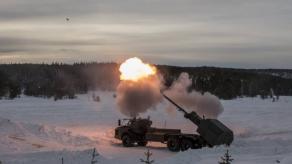The next and large military aid package to Ukraine from the United States worth $2 billion will be announced soon, and it will include "longer range missiles", Defense Express reports, citing Reuters. There will also be additional equipment for the Patriot air defense system, precision-guided ammunition, and Javelin missiles.
U.S. officials told Reuters that the new weapon in question is the Ground Launched Small Diameter Bomb (GLSDB) from Boeing and Saab with a firing range of 150 km. It is twice as far as GMLRS missiles for HIMARS, the current farthest-reaching weapon of the Ukrainian Army, can hit.
Read more: Ukraine’s General Staff Operational Report: russians Try to Lead Offensive Actions, Suffering Heavy Losses
The new missiles will allow the Armed Forces of Ukraine to strike deeper into the russian lines and thus give an important tool to enable ground maneuver and thwart russian offensive attempts.
On the other hand, there are some details that mitigate the positive aspects of this news which is yet to be confirmed with an official announcement. In particular, about $1.7 billion out of this 2-billion package will be allocated under the USAI program. As a reminder, it means that Washington will purchase military equipment from the industry, and not from Pentagon's stocks. Therefore, it will take time to manufacture and deliver these missiles to Ukraine.
The order for GLSDB from the manufacturer is logical, given that the US Army, or any other country, does not have any bombs of this type in service. All there is now at disposal of the manufacturer is a project that passed the first tests seven years ago, and serial production of the GLSDB has not been started since then. Boeing and Saab announced they were ready to start producing the bombs in 2018 but the buyer was nowhere to be found at that point.
That is why we should keep in mind that GLSDB cannot be delivered in the near future. Even though it is just a combination, basically, of two already existing components, namely the M26 unguided rocket and the SDB gliding bomb.
According to the estimates of some western analysts, the first batch of 24 GLSDB can be produced only nine months after the contract is sealed, and another 750 by the end of year 2024. Under the condition that the manufacturer will take the components from stocks and not make new ones on its own.
These estimates can be doubted, indeed, but the fact remains, there will be limits for the deadlines and quantities in the first batches due to the need to crank up the serial production.
The only condition to make things quicker is if Boeing and Saab have already manufactured the first batch for a potential buyer and still keep it in storage but it's just an optimistic assumption.

The combat capabilities of the GLSDB directly derive from its warhead section which is the Small Diameter Bomb. This is the title now used by Boeing to designate the GBU-39/B with a weight of 130 kg, warhead weight is 93 kg. It is also declared that the bomb can pierce a 1-meter thick block of steel reinforced concrete with a delayed detonation fuze.
The bomb uses a standard combination of inertial and satellite guidance to search for the target. There are also some other versions of the GBU-39, such as laser homing one or a special type for destruction of radars with thermal homing. Still, the mass-produced variant is the GU-39/B.
As Defense Express reported, U.S. Prepared Next $2 billion Aid Package for Ukraine Include Longer-Range Missiles, MRAPs, PUMA drones, Counter UAV Systems and More.
Read more: The First Two Battalions of M2 Bradley Infantry Fighting Vehicles Left for Ukraine Last Week














